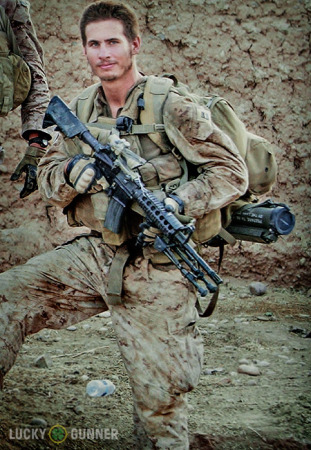
Self-defense has always been an issue that resonates deeply within the gun community. The effective defense of yourself or your loved-ones with a firearm requires a strong proficiency in order to reduce a threat as quickly as possible and with as little collateral damage as possible. This leaves gun owners with the issue of determining how best to go about training for defensive firearm use, and what to focus on when they do train.
There is one aspect of defensive firearm training that I am particularly passionate about, and that is muscle memory.
Muscle memory is a powerful tool for anyone who wishes to perform well when the pressure is on, and it is an essential component of defensive readiness.
Unfortunately, the dangers of improper muscle memory or even unintentional muscle memory are often overlooked. Today I’m going to cover the reasons why muscle memory training is important, as well as the positive and negative effects it can have by examining my own combat experience and the documented reports of others.
The Importance of Muscle Memory
I consider the instantaneous and intuitive manipulation of your firearm to be the single-most important factor in surviving a close-range defensive scenario. Caliber, shot placement, and sight picture mean nothing when you’re fumbling to get your weapon clear of its holster and presented towards the threat.
In order to make effective use of a defensive weapon you must be able to bring it into the fight and keep it there. In more specific terms that means you’ll need to build muscle memory for all aspects of your weapon’s operation, to include the draw from the holster, the manipulation of any safety devices, and the execution of malfunction clearing procedures.
Why? Because combat is stressful, and it becomes more stressful the closer you are to your enemy. Increased heart rate and adrenaline cause a loss of fine motor control as well as tunnel-vision, auditory exclusion, and a host of other side effects. When one considers the fact that the vast majority of defensive handgun use takes place within spitting distance, you cannot expect to have time to think about what you’re doing.
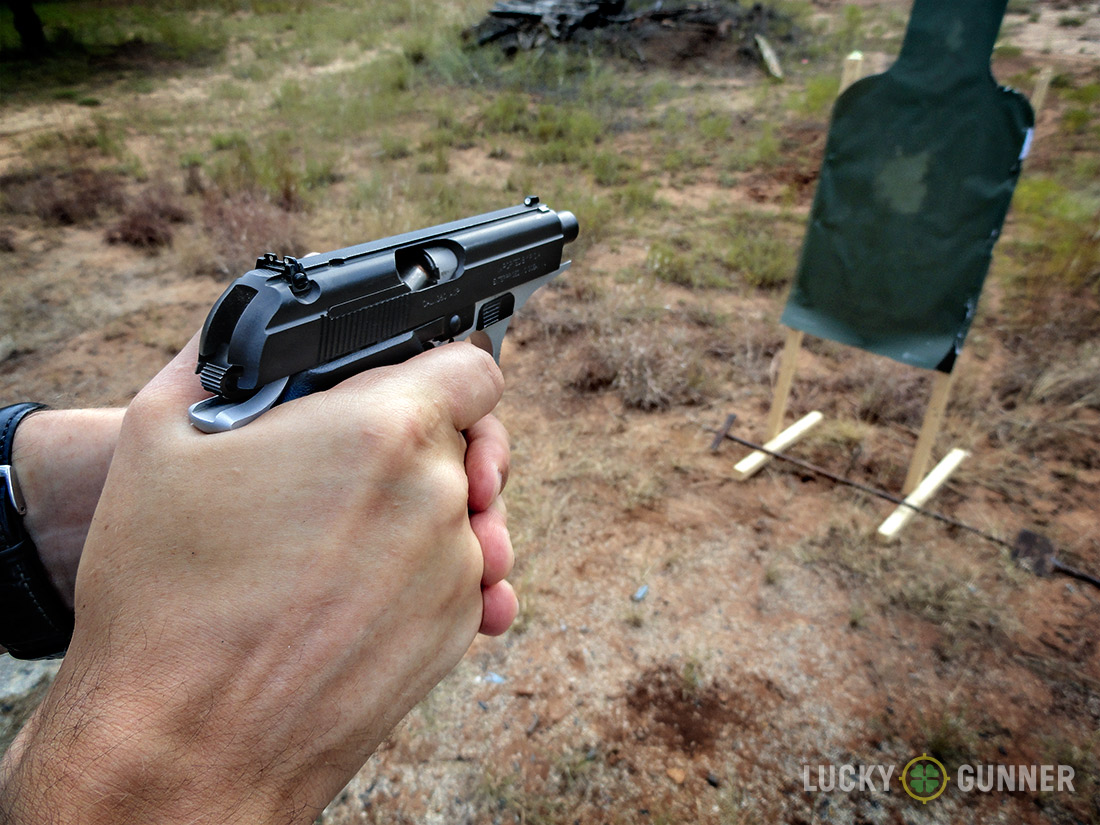
We often hear the old adage “speed is fine, but accuracy is final,” however this is a little misleading in the context of defensive scenarios that a civilian is likely to encounter. It also negates the key factor of human reaction. A quick firearm presentation changes the situation drastically, and thus will affect an attacker’s decisions. A non-critical hit (or even a miss) can distract, disable, or delay an assailant, all of which affect their ability and determination to cause harm and gives the defensive shooter a better opportunity to safely retreat or to force the neutralization of the attacker if absolutely necessary.
Accuracy is still a critical component of defensive shooting, and is not my opinion that it should be disregarded. Quite the opposite in fact, because building an intuitive muscle memory response will enhance your ability to shoot accurately in a defensive situation through greater confidence in weapon usage as well increasing your time window to apply the fundamentals of accurate shooting.
Surprisingly Simple
It’s pretty widely accepted that special operations personnel are extremely proficient when it comes to firearms usage. Larger training budgets, smaller unit sizes, and longer training pipelines all contribute to achieving firearms expertise beyond what is typically seen elsewhere in the military or police forces.
What is not as widely understood is just how this level of proficiency is achieved. It may come as a surprise to some that while Recon Marines and other special operations forces do spend quite a bit of time sending rounds downrange, we’re not necessarily doing anything that complex.
“Brilliance in the basics” is an excellent standard to train to, and was the unofficial motto whenever my platoon conducted training. While it doesn’t make for very exciting videos, most training consists of perfecting what I like to call “building block actions.” An example of a building block action would be simply establishing a solid grip on my sidearm, or presenting the firearm to the target. Mastering these simple motions allows us to execute more complex drills correctly, such as a multiple-target engagement with a rifle to pistol transition. It also allows us to apply them dynamically to address different situations according to the response required, rather than trying to use a pre-conceived drill.
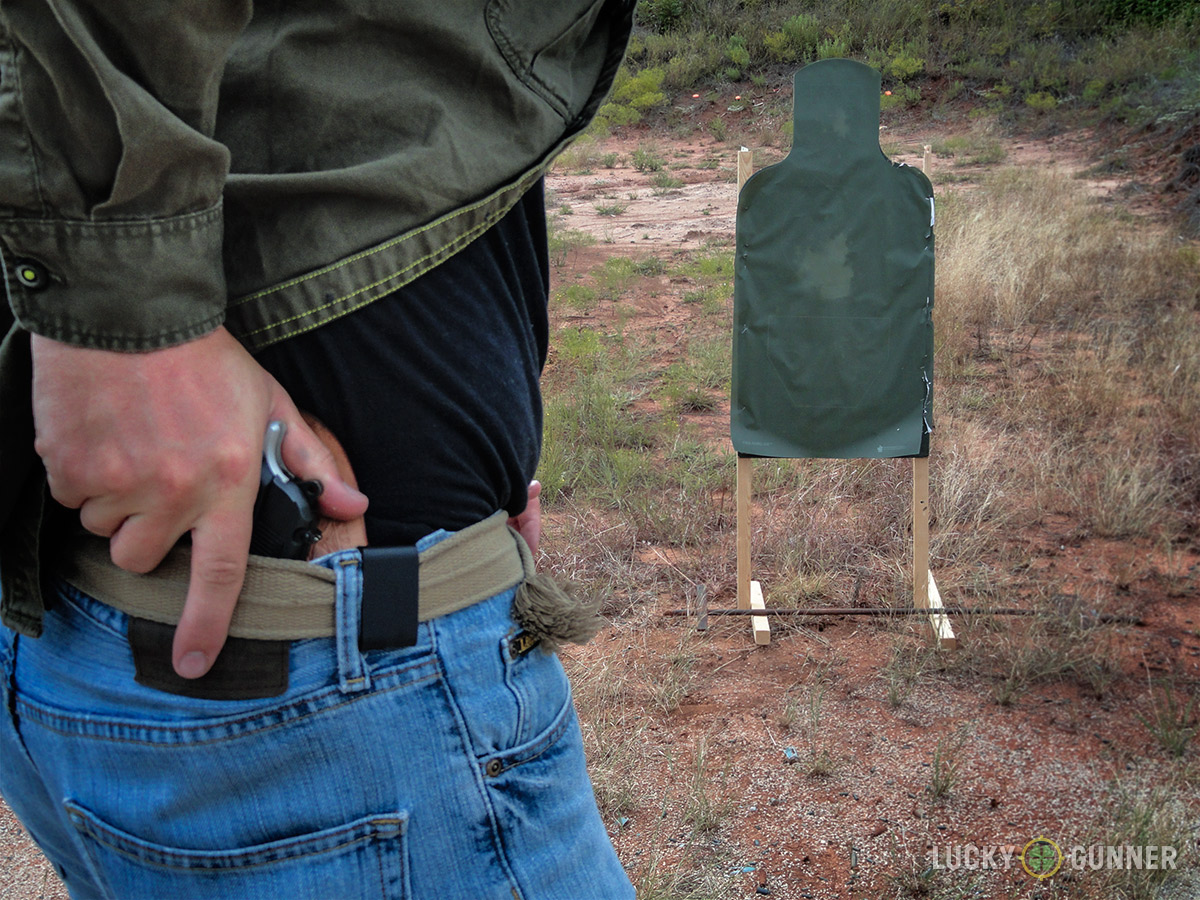
Simplifying your actions also allows for better execution when training on the range, and by extension, in combat. Simple movements are much easier to critique on the range. An improper draw may go unnoticed by both myself and an observer if it is only one part of a complex series of actions, but will most certainly be noticed and corrected if isolated. By keeping things simple you allow a more fundamental mastery and understanding of weapon manipulation which will help you to…
Avoid Building Bad Habits
One very important thing to remember is that while muscle memory can save your life in a defensive shooting situation, it can also get you killed. There are numerous accounts of police officers putting themselves in extreme danger by instinctively replicating behavior that they practiced in training. For example, in Lt. Col. Dave Grossman’s book On Combat, one officer recounts grabbing a pistol out of an assailant’s hands and then handing it right back to him. This bizarre action occurred because in training, the officer would always immediately hand the weapon back to his partner after he disarmed them. The officer fortunately survived his mistake due to the actions of his partner.
Many instructors refer to this phenomenon as “training scars” which is a very apt description. We don’t normally think about training being something that can diminish our performance or cause us harm, but that is exactly what it can do if not conducted and critiqued properly. This is why it is essential to not only start by practicing simple motions, but also to vary your training regimen as much as possible and to train as realistically as possible. Never confine your training to just one or two drills.
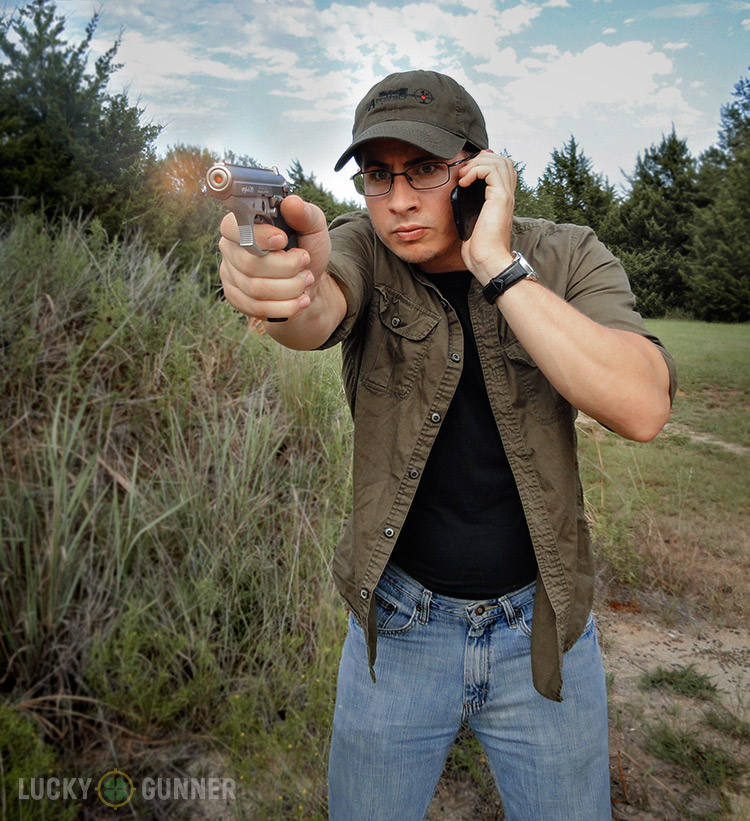
Train How You Fight Because You’ll Fight How You Train
I recall a particularly hectic firefight in Afghanistan in the summer of 2010 that will always remind me of the power of instinctive actions and the importance of keeping your training as realistic as possible.
Hot, dehydrated, and tired, my team came under heavy fire while moving through a canal. I returned fire with my M4A1 and almost immediately began having malfunctions. It would later be determined that our ammunition was faulty, but despite my fatigue and adrenaline response, I was able to immediately diagnose several failures to feed and correct them in order to continue engaging the enemy.
My third malfunction was a double-feed, which calls for switching ammunition sources. I had almost gotten the magazine in my drop pouch when I noticed one crucial detail; that I was using two magazines coupled together and did not need to pull a fresh one from my vest. I had never used coupled magazines during training and so my muscle memory response wasn’t an appropriate one given my change of equipment. In the span of seconds I experienced both the good side and the bad side of muscle memory during a high-stress situation.
You can make your own training as realistic as possible by doing just a few basic things. For instance, never take shortcuts on the range if at all possible. Often times we like to make things more convenient for ourselves on the range, for example you might tuck your shirt in behind your holster to make drawing the gun easier, or wear deliberately easy to manipulate clothing. If you carry concealed, every draw should be from concealment once you’ve learned how to execute the draw correctly. If you expect to be able to overcome the obstacles you’ll face in a real life defensive shooting scenario then you’ll need to incorporate those same obstacles into your training.
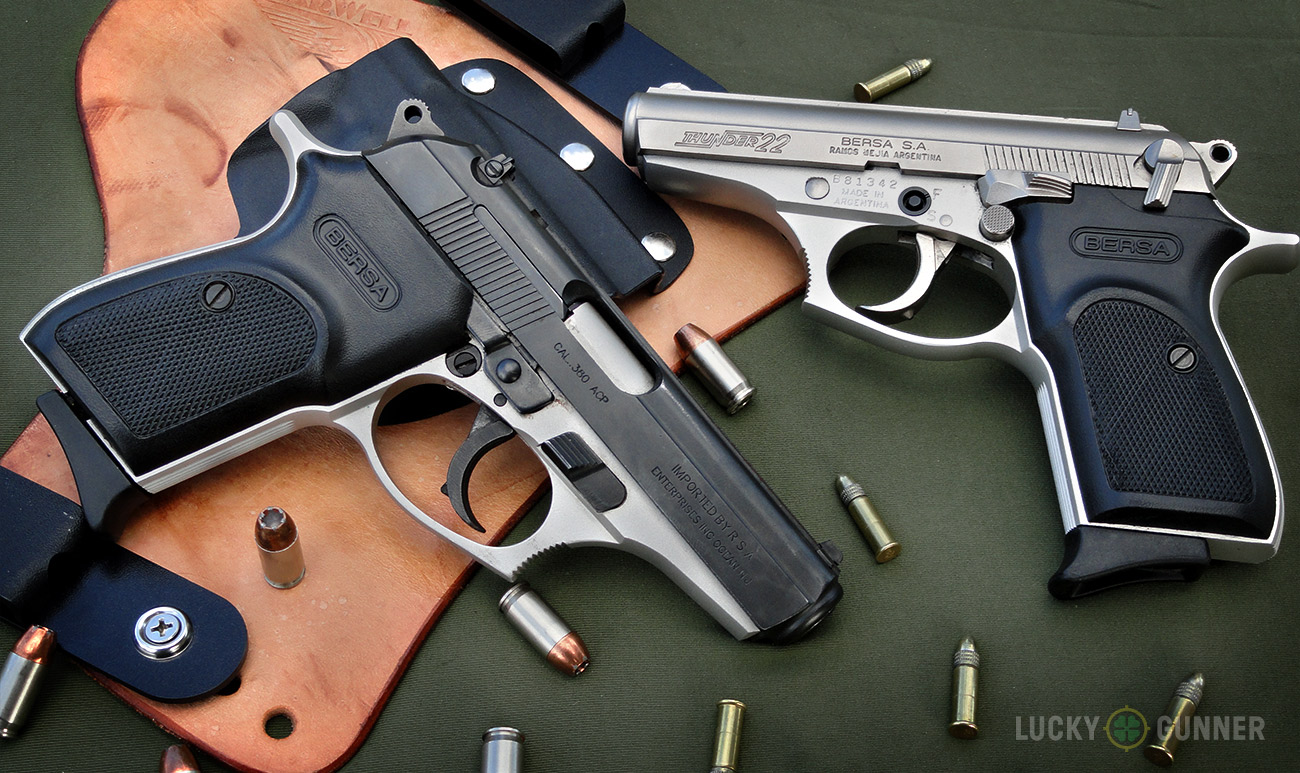
Seek Real Training
One of the most important aspects of training is not simply getting out there and doing it, but getting out there and doing it well. The best way to accomplish this is to take a class from a reputable facility with experienced instructors such as the U.S. Shooting Academy or Gunsite Academy, or train with an instructor from one of the well-respected training networks like Alias Training. A simple weekend course taught by qualified professionals will pay dividends later on because the techniques and muscle memory learned will make all of your training afterwards more effective. It should be noted that a concealed carry certification course or basic NRA course, while a good introduction to the basics, are not sufficient defensive training.
Another benefit of professional training is the structured and tenacious approach. With many courses lasting 8 hours at a time you will have the opportunity to break away from only training how you feel like training and when you feel like training. This instills discipline and forces you to power through fatigue, stress, and perhaps even boredom, which is critical for developing the ability to respond appropriately to a threat under any circumstances. Muggers, murderers, and rapists rarely go after those who they feel are ready to defend themselves. Should you manage to stay alert and engaged throughout the entire duration of a long class then you still win because you’re more receptive to what is being taught and will be better able to replicate the lessons learned when training on your own.
To act appropriately when it counts should be at the forefront of anyone’s defensive mindset, and the most effective way to ensure this is by building good muscle memory through perfecting simple actions under realistic conditions. The benefits of structured and professional training in this regard cannot be overstated. So before you upgrade to the latest and greatest concealed carry pistol, you may want to take the time to consider that no weapon is effective if its operator is not.
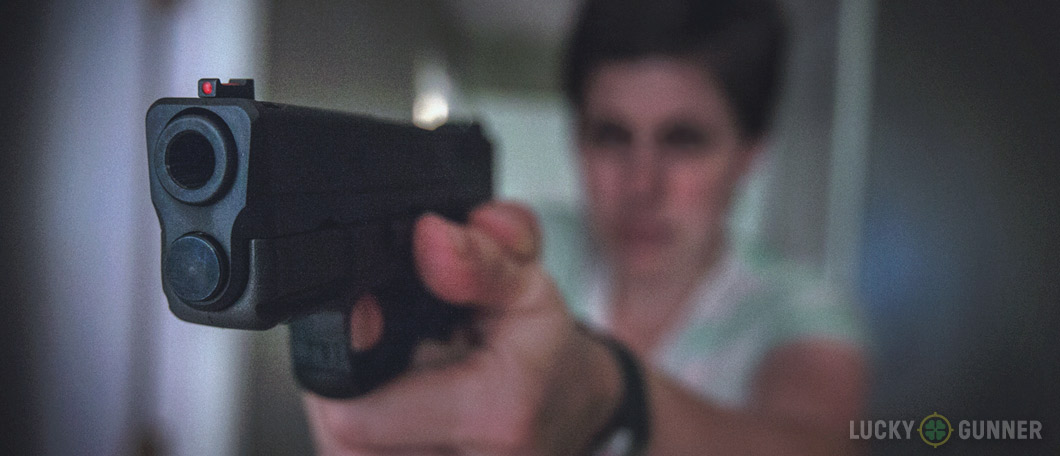

I have the Bersa 380 Thunder myself.
I have the Bersa 380 Thunder myself.
Excellent information. Formal training under a qualified instructor is the only way to perfect your defensive capabilities with a firearm. Been to three excellent courses and now plan to introduce my grandson to formal training.
Excellent information. Formal training under a qualified instructor is the only way to perfect your defensive capabilities with a firearm. Been to three excellent courses and now plan to introduce my grandson to formal training.
Question: are you on a phone while shooting in that picture? Not trying to be funny, but can you actually hear anything on the phone after the first shot?
Question: are you on a phone while shooting in that picture? Not trying to be funny, but can you actually hear anything on the phone after the first shot?
No, I'm not actually on the phone with anyone. That picture was simply meant to illustrate that we rarely consider practicing things on the shooting range other than shooting. Your cell phone is an invaluable tool in a defensive scenario, but few people actually consider its use in training because we're so focused on firing our weapons. By grabbing my cell phone from my pocket and holding on a target I break up my normal "draw and engage" routine, thus working against the formation of bad habits such as single-target focus, and the urge to fire on the target every single time that I draw.
As for hearing anything after the first shot, you may be surprised. In a real-life combat situation you're very likely to experience what is called "auditory exclusion." This phenomenon does not prevent hearing loss from occurring, but does allow you to retain your full range of hearing despite loud noises.
This is an article that every firearms owner should read. Especially if your responsible for others and live in an area like mine where there are regular break-ins.
This is an article that every firearms owner should read. Especially if your responsible for others and live in an area like mine where there are regular break-ins.
GOT MY TRAINING AS AN ARMY RANGER IN VIETNAM. I WAS RECON. A LOT OF CLOSE COMBAT FIGHTING AND SOMETIMES HAND TO HAND. I'M DISABLED AND WAS A CERTIFIDE NRA FIREARMS INSTRUCTOR. HAD THE PRVELAGE OF TAKING A COURSE AT GUNSITE. BEFORE THAT I MOONLIGHTED AS A AUTO PARTS DRIVER AND CARRIED AN AMT BACK UP IN 45 ACP. THATS A SMALL HAND KILLER. I HAD A GUY TRY AND HIT ME WITH A 2X4 AND THE GUYS ACROSS THE STREET AT THE AUTO REPAIR SAW IT GO DOWN. I DREW MY FIREARM AND HAD HIM DEAD CENTER IN 2 SECONDS. AFTER THAT THEY CALLED ME WYATT ERP.LOL. I GUESS MY COMBAT TRAINING WAS STILL IN MY SUB CONCOUS FROM NAM.
GOT MY TRAINING AS AN ARMY RANGER IN VIETNAM. I WAS RECON. A LOT OF CLOSE COMBAT FIGHTING AND SOMETIMES HAND TO HAND. I’M DISABLED AND WAS A CERTIFIDE NRA FIREARMS INSTRUCTOR. HAD THE PRVELAGE OF TAKING A COURSE AT GUNSITE. BEFORE THAT I MOONLIGHTED AS A AUTO PARTS DRIVER AND CARRIED AN AMT BACK UP IN 45 ACP. THATS A SMALL HAND KILLER. I HAD A GUY TRY AND HIT ME WITH A 2X4 AND THE GUYS ACROSS THE STREET AT THE AUTO REPAIR SAW IT GO DOWN. I DREW MY FIREARM AND HAD HIM DEAD CENTER IN 2 SECONDS. AFTER THAT THEY CALLED ME WYATT ERP.LOL. I GUESS MY COMBAT TRAINING WAS STILL IN MY SUB CONCOUS FROM NAM.
My wife has a Bersa thunder 380 plus. Great gun!
My wife has a Bersa thunder 380 plus. Great gun!